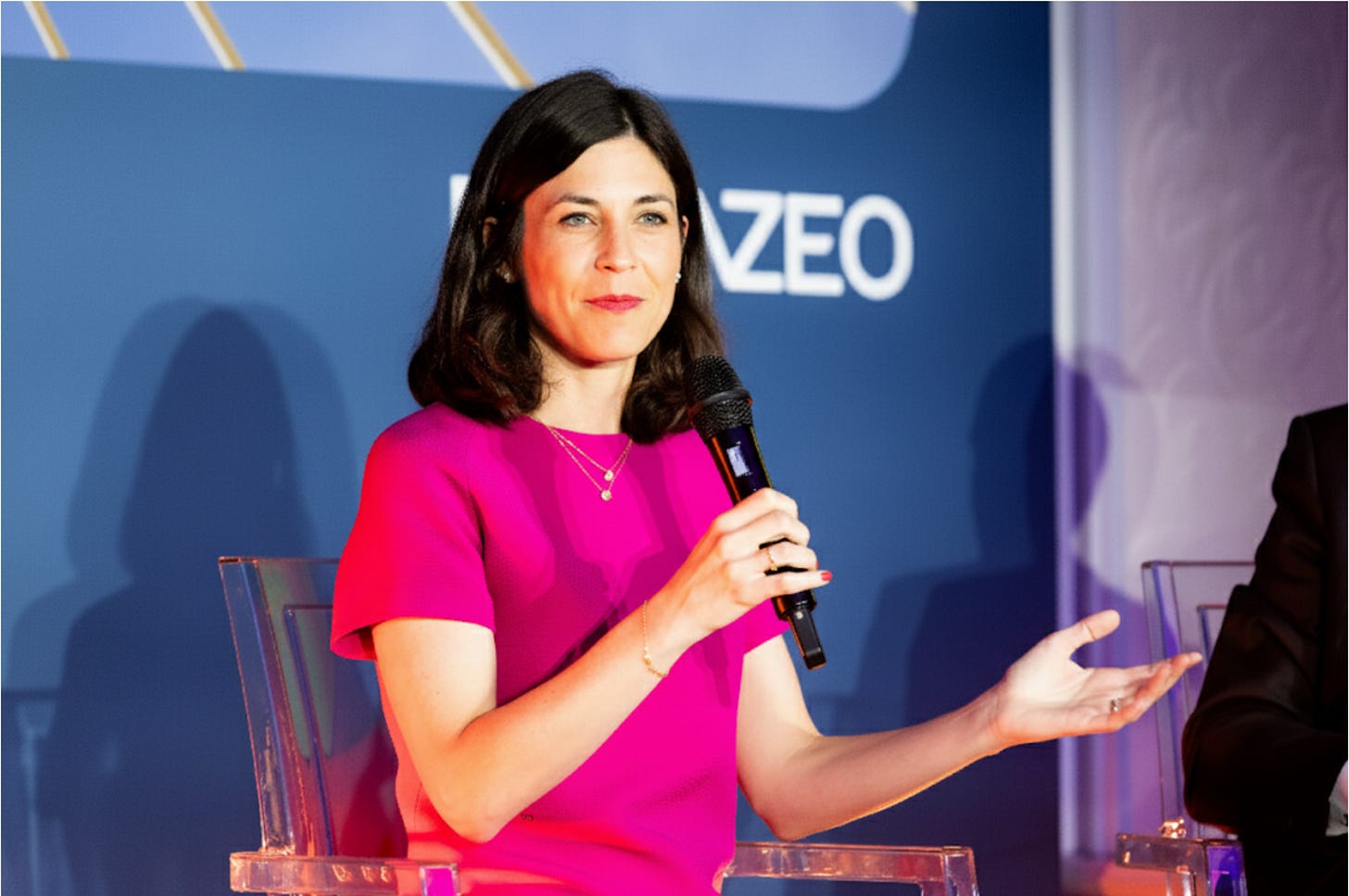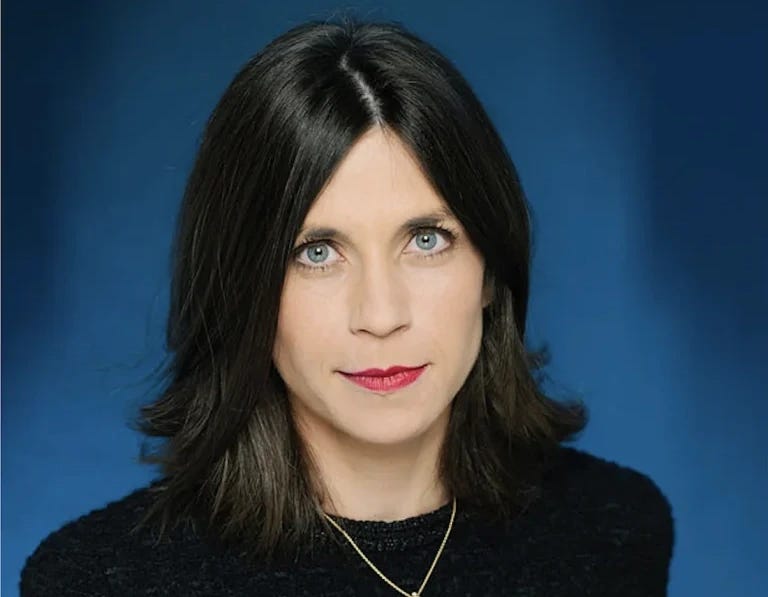About Decoding Discontinuity
The Moat Always Breaks Before the Revenue
Decoding Discontinuity examines the architectural vulnerabilities in business models that conventional metrics fail to capture, revealing the structural shifts that determine survival in the generative AI landscape.
While traditional financial analysis remains backward-looking — our methodology takes a forward-looking approach centered on architectural resilience. In an era defined by multi-agent orchestration and AI-native workflows, competitive advantages don't erode gradually—they dissolve before balance sheets reflect the transformation.
Organizations can maintain apparent stability while the ecosystem is already redistributing value around them. The realization that one's product is no longer the default path often comes too late.
This phenomenon transcends mere disruption. It represents discontinuity: those inflection points when foundational technology architectures reconstitute themselves and established control layers fracture.
These shifts remain invisible through conventional metrics like Net Revenue Retention or TTM expansion. They emerge only when one examines: "Where does orchestration naturally flow when it becomes autonomous?"
The Durable Growth Moat Framework
Most capital allocation decisions rely on retrospective analysis—modeling historical margins without accounting for architectural obsolescence, or prioritizing market share over structural resilience.
Our approach diverges fundamentally.
The Durable Growth Moat framework identifies potential discontinuities and systematically evaluates organizational capacity to withstand them. This methodology synthesizes architectural fragility assessment, single-point-of-failure analysis, and projected economic resilience to surface critical vulnerabilities before they manifest in financial narratives. It produces a quantitative assessment of whether a company's competitive advantage persists when discontinuity arrives.
For stakeholders, intrinsic value matters more than value temporarily influenced by market conditions. In today's environment, understanding architectural breaking points becomes essential to appreciating intrinsic value.
This framework generates conviction on strategic positioning: which organizations merit long positions, which warrant reduced exposure, and which will falter despite surface-level strength.
For executives, these insights translate into actionable roadmaps and calibrated market narratives. For investors, they provide positioning guidance that anticipates capital reallocation ahead of market repricing.
Through D'Ornano + Co., these principles inform advisory work for our clients navigating this critical transition.
Raphaëlle D'Ornano
Founder, D'Ornano + Co. and Decoding Discontinuity
About the Author
Raphaëlle d’Ornano is CEO and founder of Decoding Discontinuity, a strategic advisory and investment platform focused on the structural impact of generative and agentic AI. Decoding Discontinuity develops proprietary frameworks for analyzing how companies are positioned to adapt to generative and agentic AI. Her Durable Growth Moat methodology assesses whether competitive advantages endure through generative AI discontinuities by examining structural fragility, control layer integrity, and economic resilience.
These frameworks are applied by the financial and strategic advisory firm she founded, D’Ornano + Co., to help clients develop long-term value, ensuring durability through architectural resilience and financial adaptability. This approach guides institutional investors and executive teams through strategic repositioning as AI restructures value creation.
Her pioneering work at the intersection of the architectural shifts catalyzed by AI and the financial sector has made her a leading voice on the economic and strategic aspects of generative and agentic AI. Her Decoding Discontinuity newsletter ranks among the top 80 technology newsletters on Substack.
With over a decade of experience in complex financial analysis and strategic advisory across VC, growth, and PE, Raphaëlle bridges technological understanding with capital markets expertise. Her insights have informed more than $40B in transactions while helping leadership teams navigate unprecedented architectural change.



